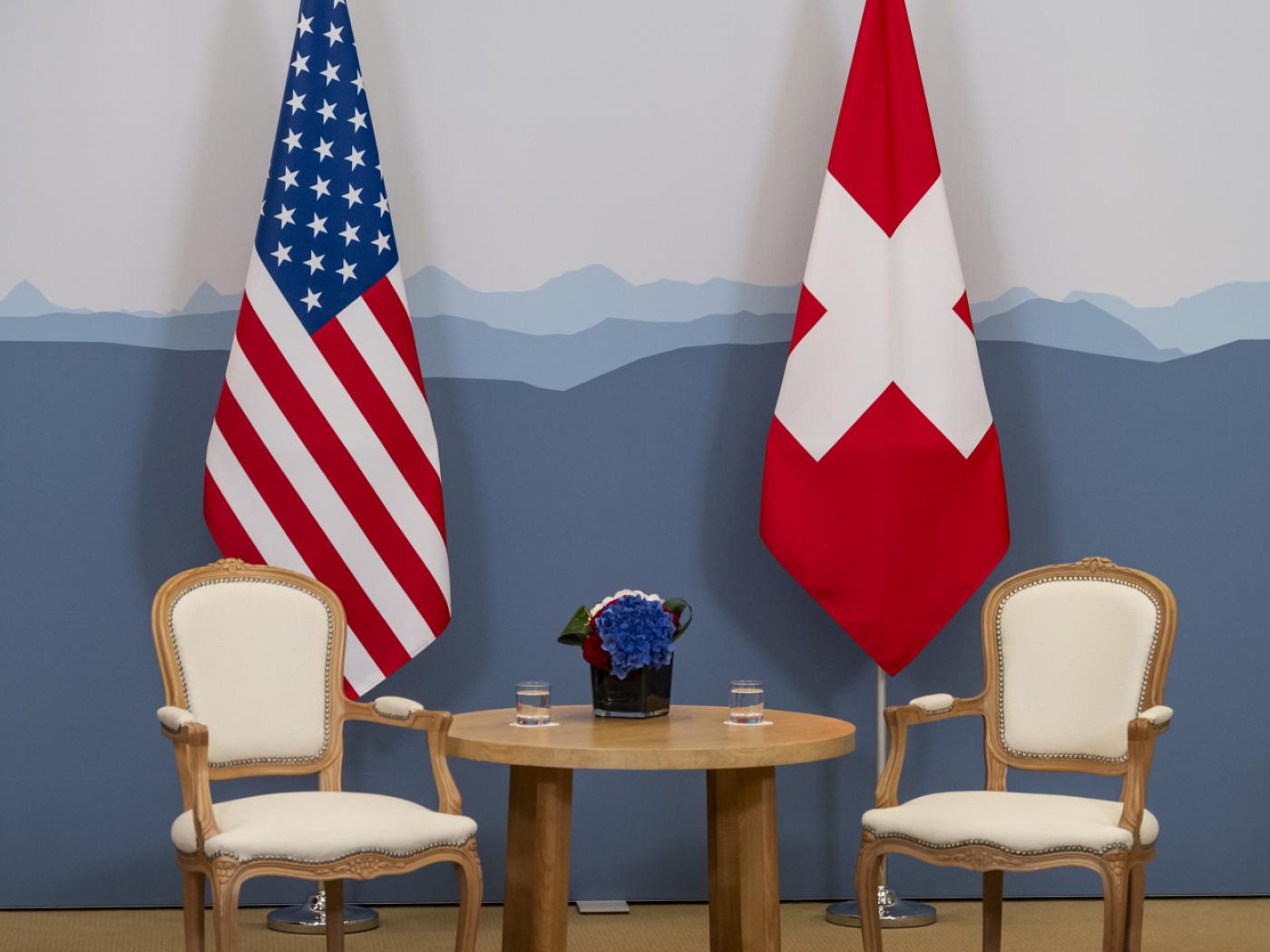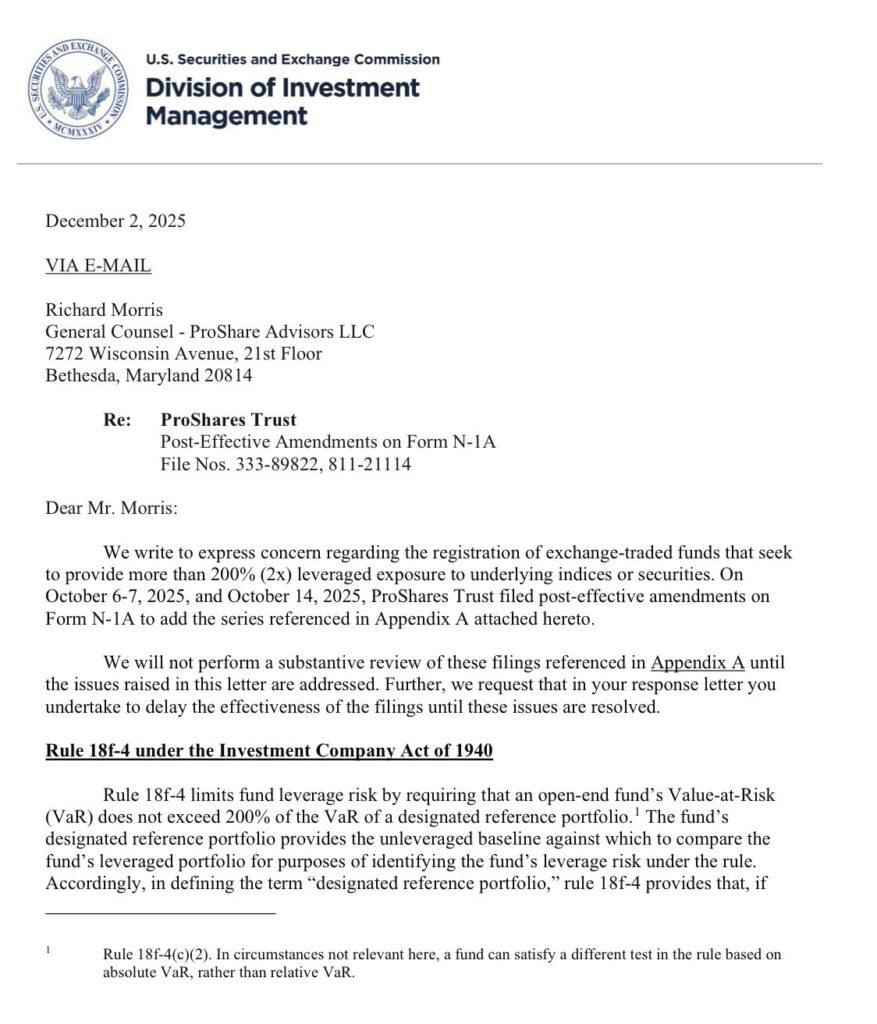Overview: The Federal Reserve announced tapering and, like the Reserve Bank of Australia earlier in the week, did not validate expectations for an aggressive rate hike. Now the focus is on the Bank of England, where several officials seemed to goad the market into lifting short-term rates. The S&P 500 and NASDAQ rallied to new record highs yesterday and helped raise global shares today. Among the large markets in the Asia Pacific region, only Taiwan and India did not participate in today's dance. In Europe, the Stoxx 600 is extending its advance for the sixth consecutive session and nine of the past ten. US futures are trading firmer. The market is trimming yesterday's 5.5 bp rise in the US 10-year yield. It is about 3 bp lower near 1.57%. European yields are 1-3 bp lower. The dollar, which slipped lower after the FOMC meeting, is back with a vengeance today. It is gaining against all the majors, with the euro bearing the brunt, off about 0.5% to return toward the week's lows below $1.1550. The yen is the most resilient and is flattish. Emerging market currencies are also mostly lower. The Chinese yuan is the strongest emerging market currency today with about a 0.15% gain, recouping its losses of the past two sessions. The Polish zloty is the weakest, off 0.6%, despite the larger than expected 75 bp hike yesterday. Gold was tarnished by 1% yesterday, its biggest loss since mid-October, but is steading today, up around 0.4% near $1777. December WTI extended its pullback from $85 seen at the start of the week to dip briefly below $80. It has firmed back above $81 in the European morning ahead of the OPEC+ meeting outcome. Cooper prices have stabilized after tumbling 1% yesterday.
Asia Pacific
The final reading of Japan's service and composite PMI was unchanged from the preliminary estimate, with both at 50.7. The services component was the first above the 50 boom/bust level since January 2020. The composite is at the highest since April. The virus and formal emergency hobbled the economy, but the economy is on the mend, though out of sync with the other major economies. Japan intends to use fiscal policy in a pro-cyclical fashion. Prime Minister Kishida is preparing a large stimulus budget, and it is expected to be unveiled around the middle of the month.
Australia is also emerging from a soft economic period. Real retail sales fell 4.4% in Q3, faring a little better than economists expected. Separately, it reported its September trade surplus in line with expectations of about A$12.2 bln. However, how it got there, was a bit different than anticipated. First, the August trade surplus was shaved to A$14.7 bln from A$15.1 bln as imports were revised to show a 2% gain instead of a 1% loss. Second, exports fell 6% in September, twice the decline expected, but this was offset by a 2% decline in imports, rather than a 1% gain. First thing tomorrow, the central bank issues its monetary policy statement, which is hoped to shed more light on the RBA's intent.
The US dollar is straddling the JPY114.00 area. It reached a three-day high slightly below JPY114.30 and has held above JPY113.90. Two large options expire today, but they have likely been neutralized. The first is for nearly $2 bln at JPY114.00, and the other is for $1.8 bln at JPY114.30. The Australian dollar extended yesterday's recovery to reach $0.7470 before meeting a wall of sellers, which drove it back to almost $0.7425. Yesterday's low was set near $0.7410. A break of $0.7400 could signal a test on the $0.7365 area. The greenback finished yesterday at its best level against the Chinese yuan in almost three weeks, but it continues to be sold on moves above CNY6.40. Today's yuan gain has nearly recouped the past two session's decline. Meanwhile, the PBOC continues to set the dollar's reference rate slightly above where bank models project. Today's fix was at CNY6.3943, while the median (Bloomberg) had it at CNY6.3926. The PBOC has been relatively generous with its money market provisions. New fiscal spending this month and next is expected to provide more liquidity.
Europe
Before the Bank of England's last meeting (September 23), the December short-sterling interest rate futures implied a yield of 13 bp. It is now yielding 46 bp. The market appears to have a 15 bp hike discounted, but economists are split. A hawkish hold could be delivered if the BOE signaled its intention to raise rates shortly while ending its bond-buying operations early. With weak retail sales (down five months in a row through September), softer than expected September CPI, and no employment data since the furlough program, is the urgency exaggerated?
The eurozone flash services PMI was shaved lower to 54.6 from 54.7, and this led to the paring of the composite reading to 54.2 from 54.3. It was the third consecutive decline in the composite PMI. German and French preliminary estimates were confirmed. Spain surprised on the upside with a service reading of 56.6. Economists had expected a 55.8 report after 56.9 in September. The smaller than expected decline saw a 56.2 composite, down from 57.0, but not as soft as expected. Italy disappointed. The services PMI fell to 52.4 from 55.5. The median forecast was 54.5. The composite stands at 54.2, down from 56.8.
Germany's September factory orders showed a muted response after August's revised 8.8% drop (initially reported as a 7.7% decline). The 1.3% gain was less than expected and solely a function of foreign orders (6.3%). Moreover, the foreign orders were from outside the euro area. They rose by 14.9%, offsetting August's 14.7% fall. Domestic orders fell by 5.9%. It is the third consecutive month domestic orders declined.
The euro has been pushed below $1.1550, where a 1.1 bln euro option expires today. It initially tried extending yesterday's post-Fed gains but stalled a little above $1.1615. That area now looks like formidable resistance. Support is seen in the $1.1525-$1.535 area, but note that the $1.1490 level corresponds to the (50%) retracement objective of the euro's rally from March 2020 lows. A break of that targets the $1.13 area. Similarly, sterling's advance yesterday was marginally extended but stopped in front of $1.3700, which is also below the 20-day moving average. It has been sold in the European morning ahead of the BOE outcome. It has found support in front of $1.3600. Below there, the $1.3575 area marks the (61.8%) retracement target of the rally from the late September low near $1.3410. Sterling's retreat has left the intraday momentum indicators stretched, warning of the risk of a bounce after the BOE.
America
By announcing it would reduce its bond-buying starting this month by $15 bln (a month), the Federal Reserve delivered as expected. The Fed's statement was modified slightly, saying that the elevated prices are "expected" to be transitory. There was no hawkish surprise, and Chair Powell tried to thread the proverbial needle by acknowledging that price pressures are likely to continue well into next year. Treasury Secretary Yellen suggested a similar scenario recently. The dollar softened, and stocks rallied on the news. Separately, we note that recently President Biden said he would soon make an announcement about the Fed Chair, whose term expires next February. Yellen has defended Powell on two issues--financial market regulation and the officials trading/investing--suggesting that if Biden does not re-nominate Powell, he would likely have to overrule his Treasury Secretary.
Powell cited the dramatic rise in the Employment Cost Index at yesterday's press conference. Today, the US reports a more holistic measure of labor costs: unit labor costs, which incorporates productivity. The fact of the matter is that unit labor costs fell in H1. However, they are volatile quarter-to-quarter, and unit labor costs likely rise sharply in Q3. It appears that many employers thought to get by over the summer, waiting for the end of the extra federal unemployment compensation and the re-opening of schools to free up labor without having to pay up for it. Indeed, Q3 non-farm payroll growth averaged 488k a month, the lowest three-month average since February. This is because the employers preferred to have the existing workers do more overtime than hire. However, the end of the benefits and re-opening of schools so far proved insufficient. Another factor that Powell could have cited was the loss of immigrant workers. Pre-pandemic immigrants accounted for one-in-five manufacturing workers and closer to one-in-four in some industries like semiconductors, medical equipment, and food processing. This squeeze will end around November 8 as the border will be re-opened with work visas.
The US has lobbied OPEC+ to boost output faster. Part of the problem is that some OPEC+ members, like Nigeria and Angola, have been unable to increase production, leaving OPEC+ short of the 400k barrels a day they were going to add last month. Separately, the US reportedly will join new talks with Iran later this month. The prospect of Iranian oil also weighed on prices. In addition, some of the large shale producers have indicated plans to boost output.
The US also reports the September trade balance. A record shortfall is expected of a little more than $80 bln. Weekly jobless claims pale in comparison to tomorrow's national employment report. Canada reports September's merchandise trade balance. Through August, Canada has reported an average monthly surplus of $700 mln. In the first eight months of 2020, the average deficit was a little more than C$3 bln and in the same period, in 2019 recorded an average deficit of C$1.5 bln.
The US dollar spiked to almost CAD1.2460 yesterday but reversed lower and settled on its lows near CAD1.2390. It is consolidating and straddling CAD1.2400 today. There is an option for nearly $800 at CAD1.2420 that expires today and one for $515 mln at CAD1.2375 that expires tomorrow. The intraday momentum indicator suggests limited upside in early North America. The greenback posted a potential key reversal against the Mexican peso yesterday by first making a new high for the move (~MXN20.98) and then selling off to close below the previous session's low. Yesterday's low (~MXN20.5150) has held so far today as the dollar consolidates mostly below MXN20.60. An option for $430 mln at MXN20.55 expires today. A break of MXN20.50 sees nearby support around MXN20.47 (the 20-day moving average ) and MXN20.44 (the 6.18% retracement objective of the dollar's rally from late last month).
Full story here Are you the author? Previous post See more for Next post
Tags: #USD,Bank of England,Currency Movement,Featured,FOMC,Japan,Labor costs,newsletter,OIL




































